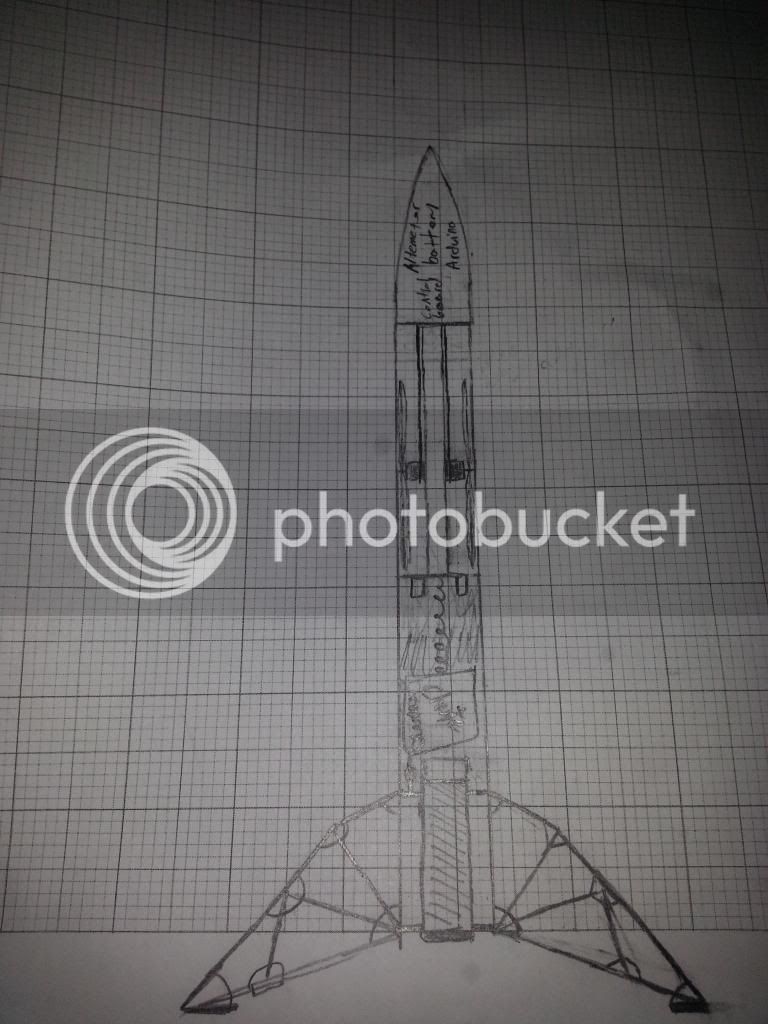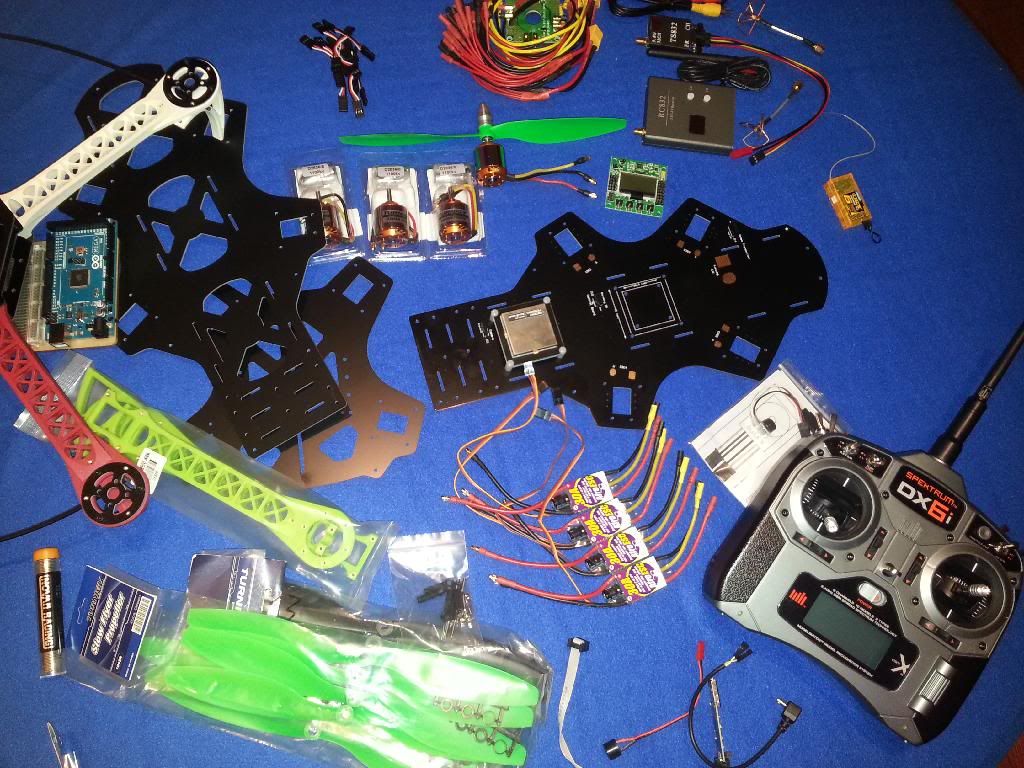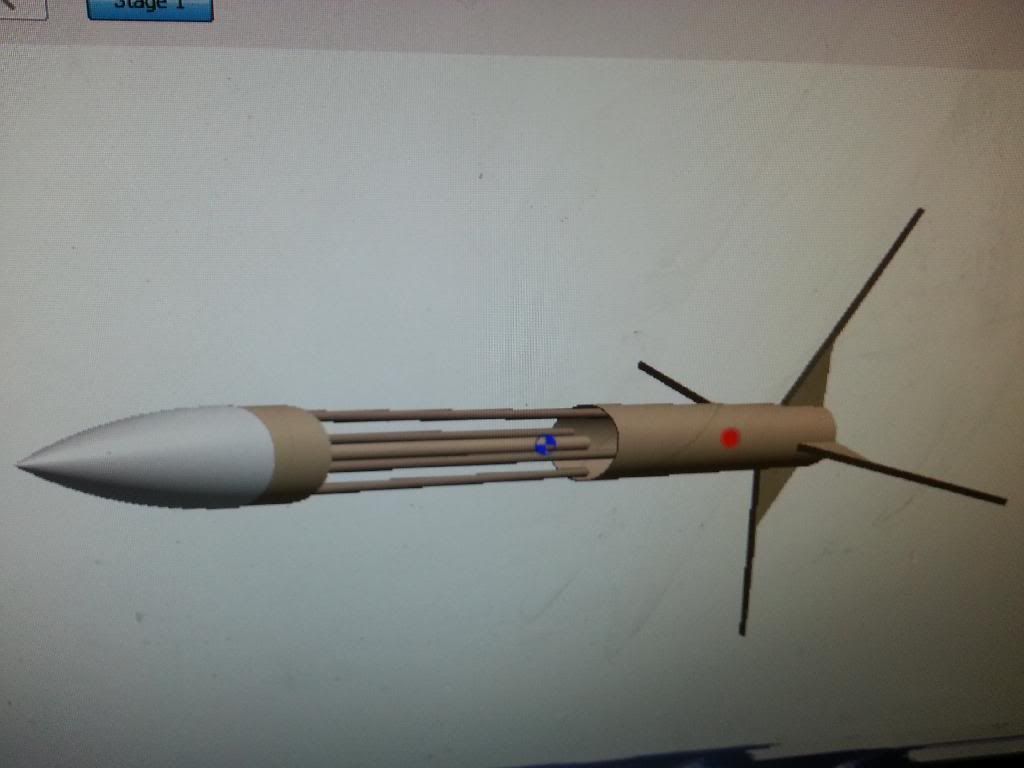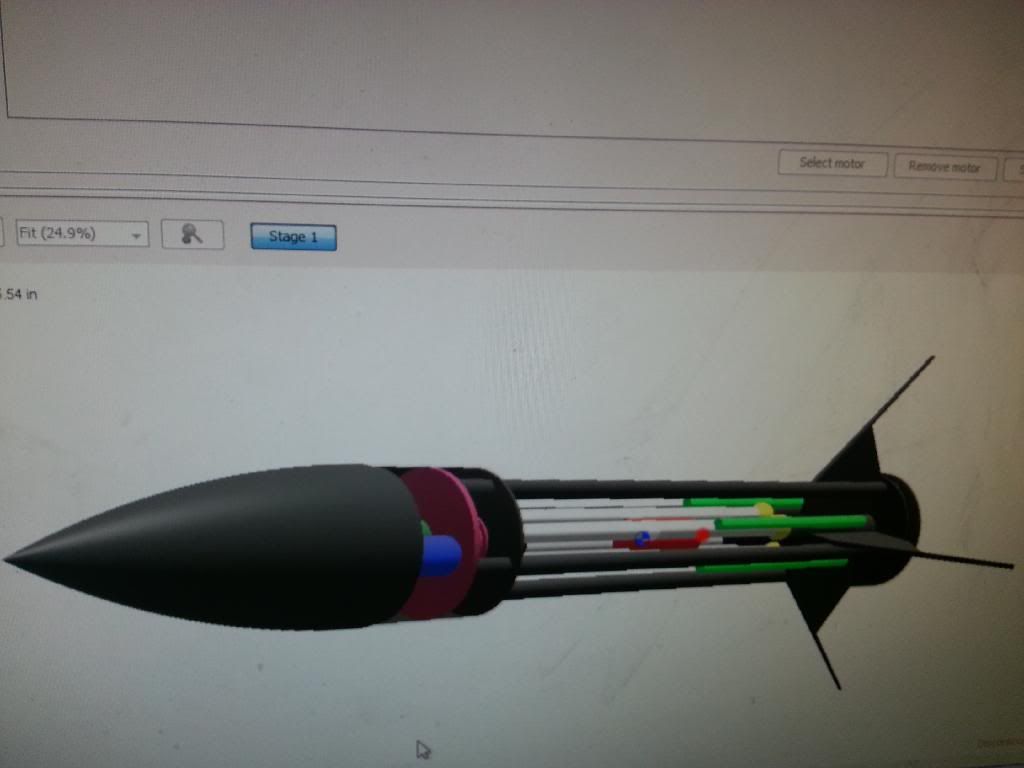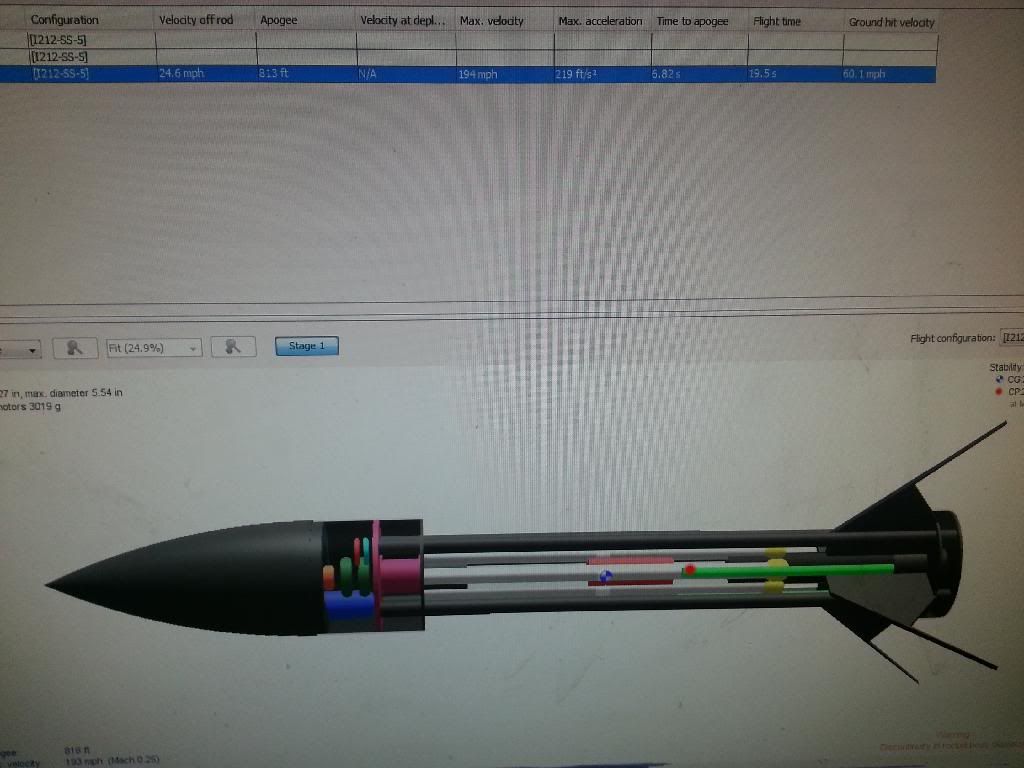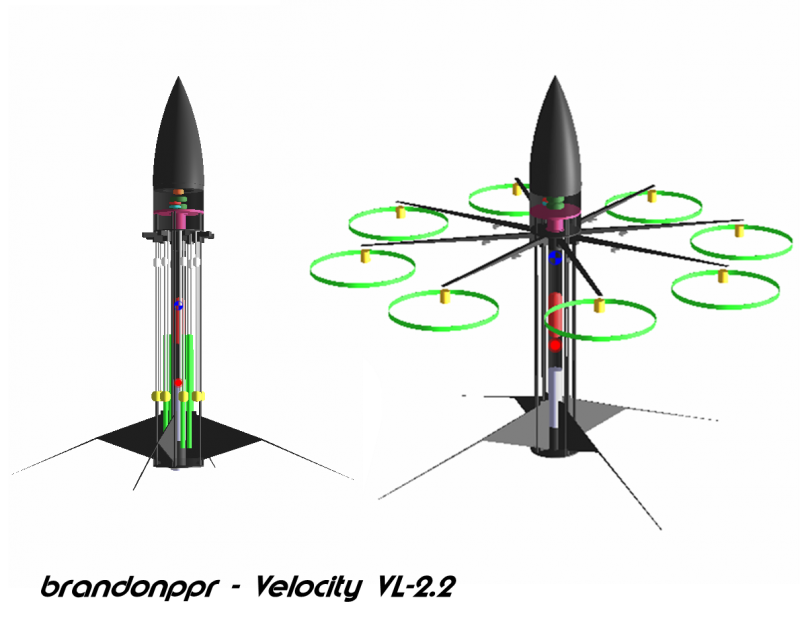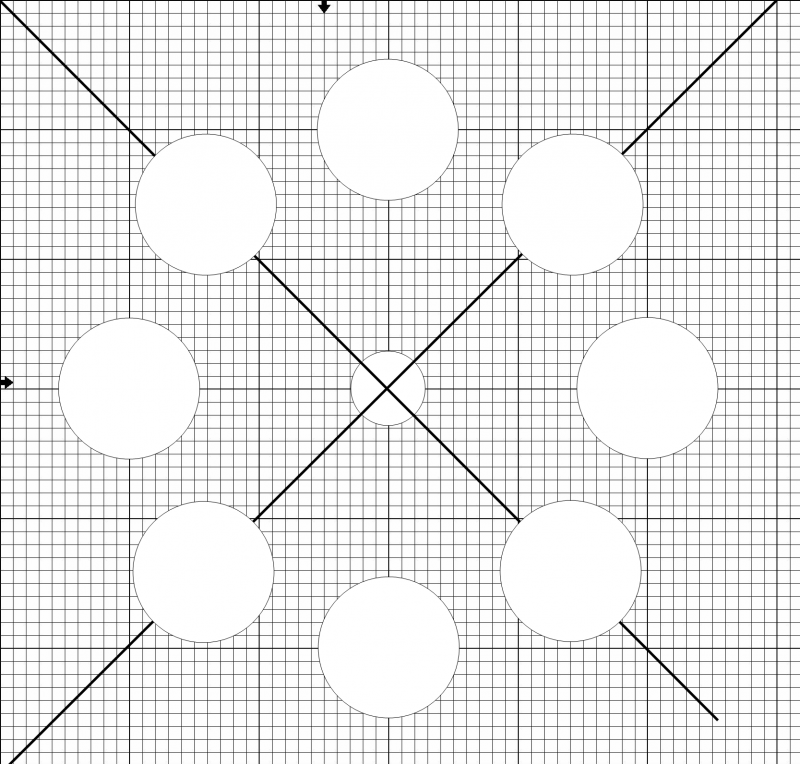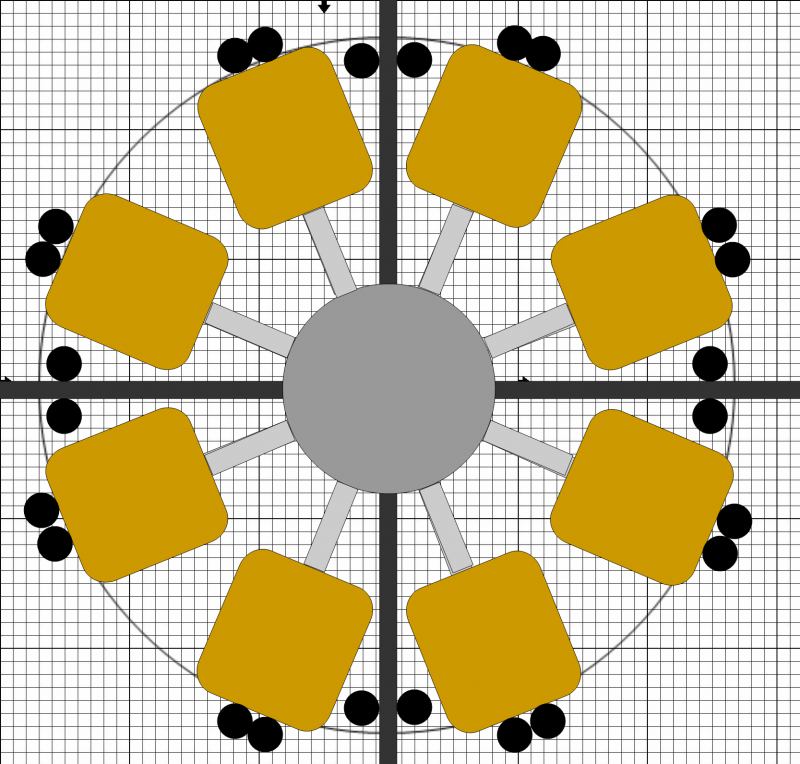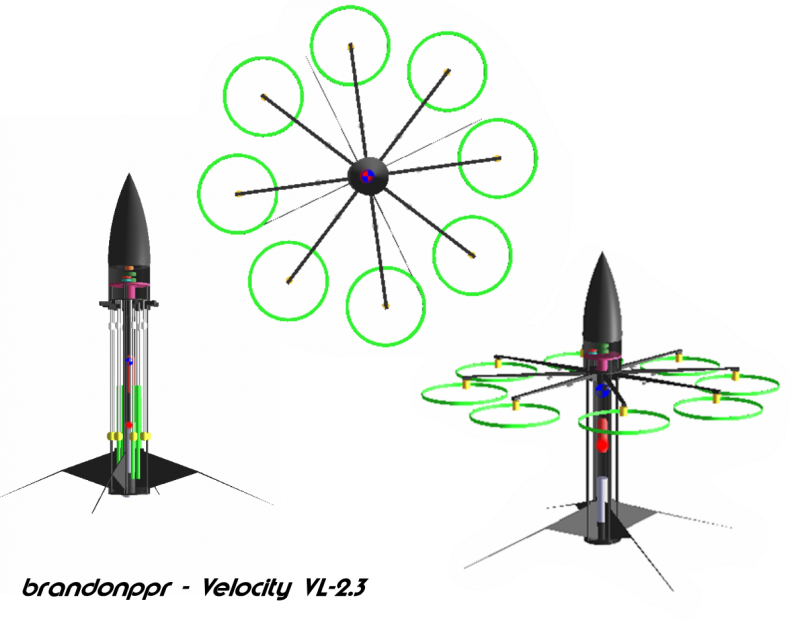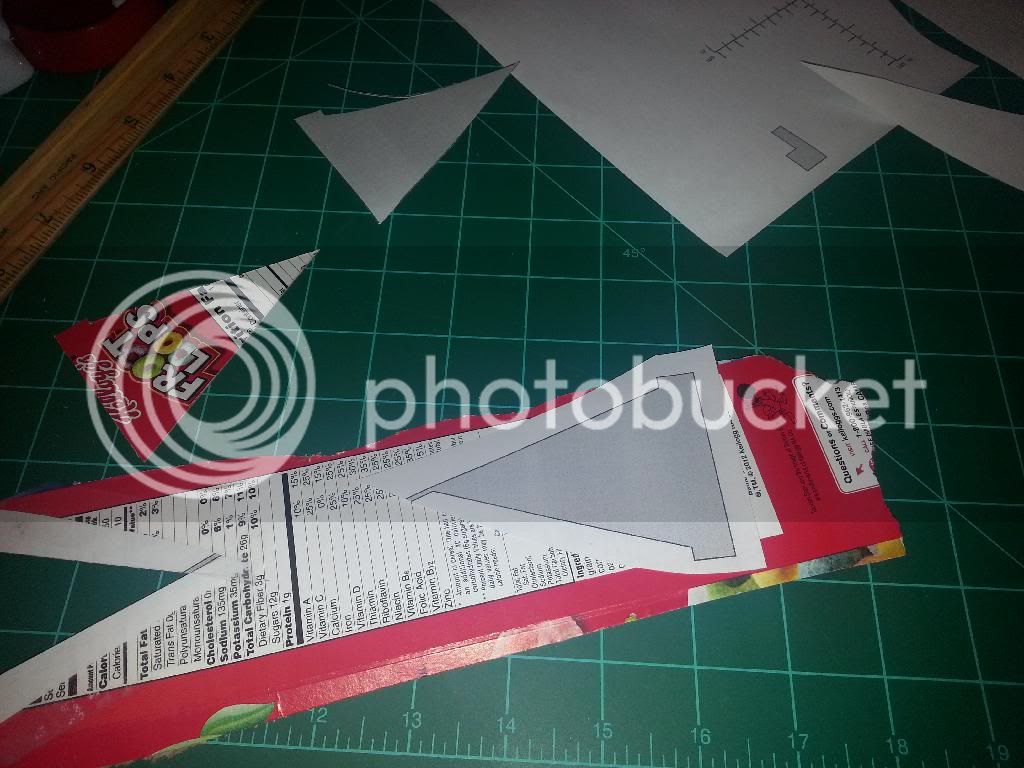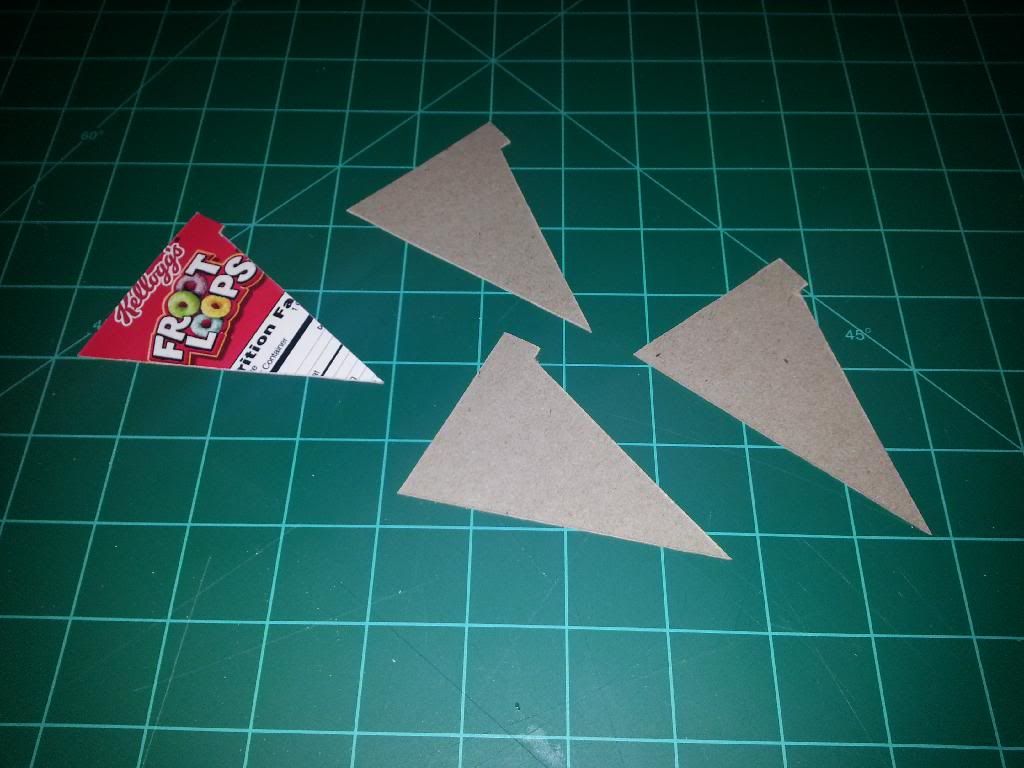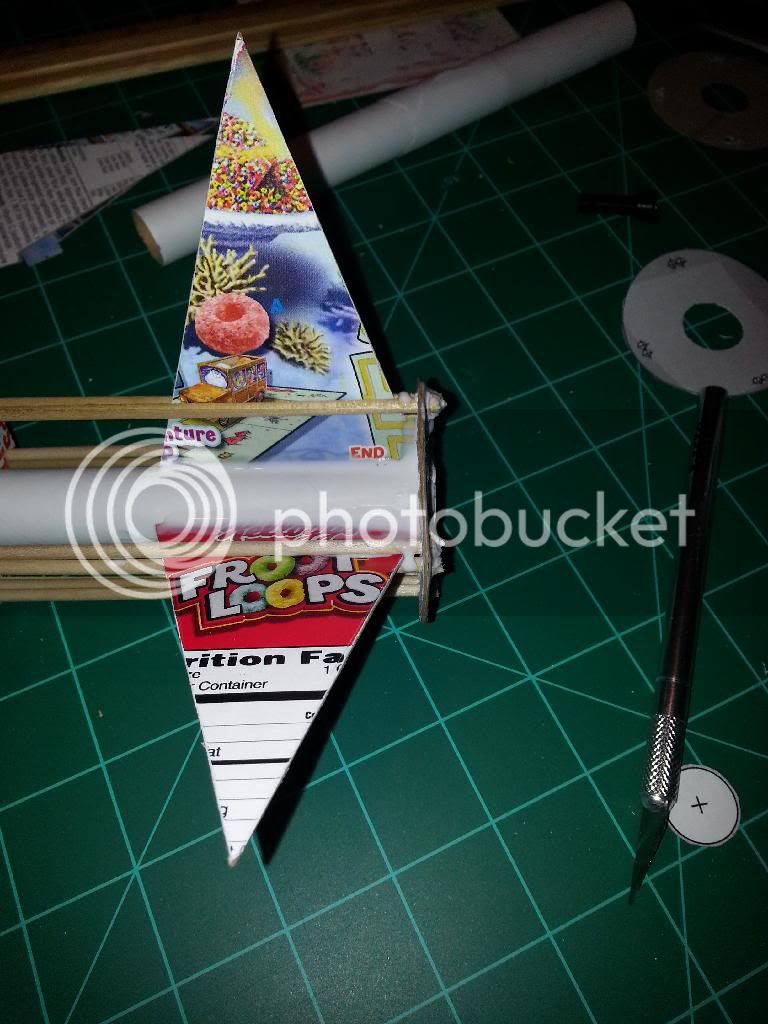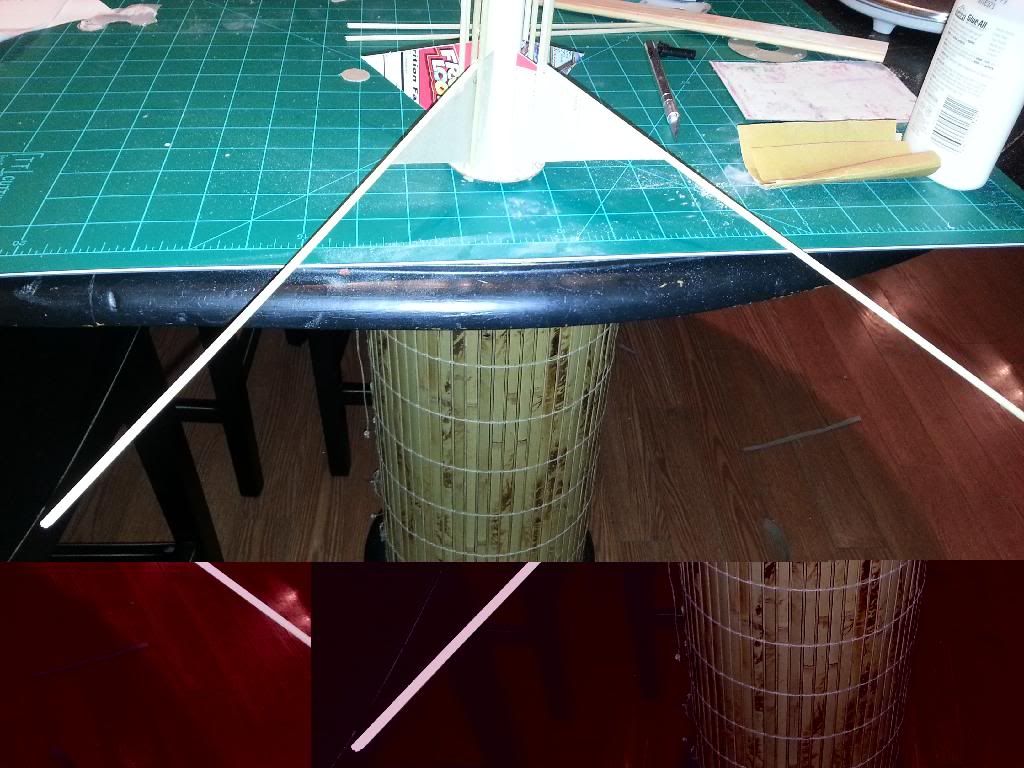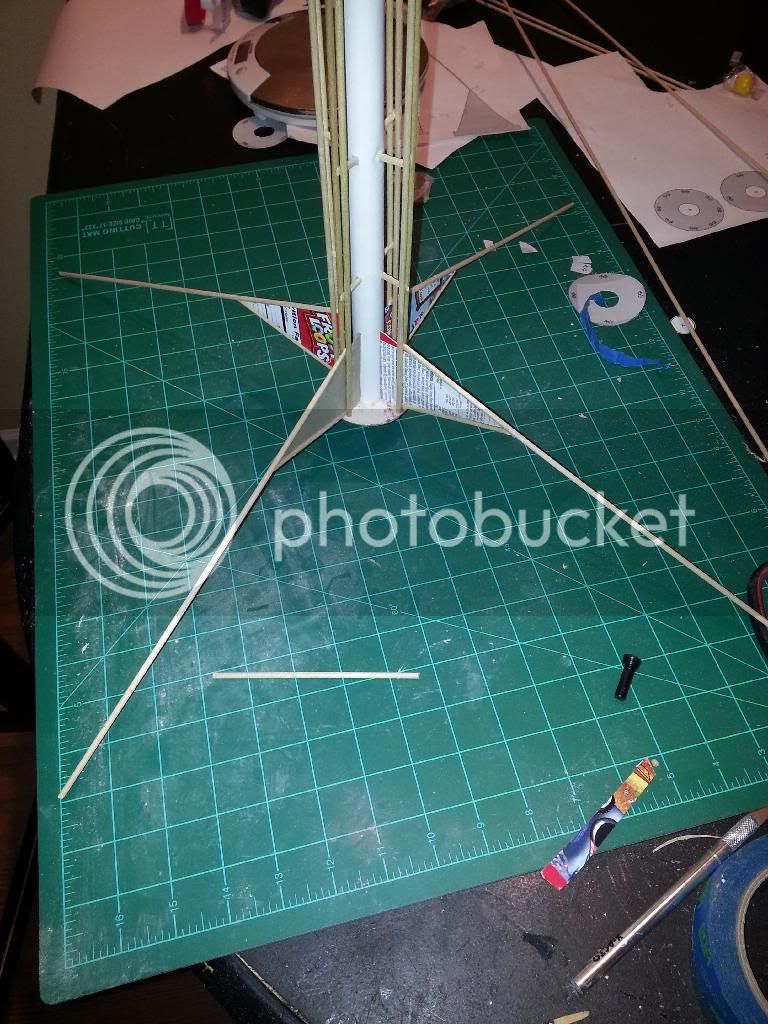https://rgl.faa.gov/Regulatory_and_Guidance_Library/rgAdvisoryCircular.nsf/0/1acfc3f689769a56862569e70077c9cc/$FILE/ATTBJMAC/ac91-57.pdf
"Do not fly model aircraft higher than 400 feet above the surface.
When flying aircraft within 3 miles of an airport, notify the airport operator,
or when an air traffic facility is located at the airport, notify the control
tower, or flight service station."
I am still not convinced that this is the rule.
FAA has different sets of rules depending on whether you are flying outside of club rules. Such as us flying under NAR rules. We can do things that we can not do without NAR unless we had special permissions. AMA is one of those clubs. As long as you fly within there rules you are OK. If you do not fly under there rules, you must abide by the stricter FAA rules.
What I am unclear on is this rule:
 Rocket motors (using solid propellant) up to a G-series size may be used provided they remain attached to the model during flight. Model rockets may
be flown in accordance with the National Model Rocketry Safety Code but may not be launched from model aircraft.
I don't know if they are saying up to a G motor or up to a G motor except if flown in accordance with NAR. I am assuming that it is that you can fly over a G if you have a NAR L1, but they can't give approval themselves for anything above a G.
Also. FAA does not state that it has to be AMA that you fly under. I think if you do not violate NAR safety code that it could also fall under NAR rules.
Here are the NAR rules:
https://www.nar.org/NARrcrbgsc.html
The following code is to be used in conjunction with the NAR Model Rocket Safety Code and High Power Rocket Safety Code. In areas where the R/C RBG code overlaps these other codes, the R/C RBG code takes precedence.
Definition. A Radio-Controlled (R/C) Rocket Boosted Glider (RBG) is defined as a rocket boosted model capable of gliding flight and equipped with a radio control system capable of controlling the direction of flight during glide and, optionally, boost.
Radio Control. I will use only approved radio equipment operating on frequencies allocated for use in flying models. I will check the radio and reception range of any new model, repaired model, or any new combination of model and radio system. I will only fly if the radio system is operating properly and there is no interference. I will ensure that a frequency control method is being used at the flying site, then check I am transmitting on an unused frequency.
Flightworthiness. I will check that the model is in safe and controllable condition for glide as well as in proper trim for rocket boost before each flight. I will not fly in the presence of spectators until I can safely boost, fly, and land models of the type I am flying.
Motor Thrust. My R/C RBG will weight no more than the motor manufacturer's recommended maximum lift-off weight for the motors when used in R/C RBGs.
Launch Angle. An R/C RBG may be launched at angles of 30 to 45 degrees from vertical provided that it is capable of having its flight path controlled safely during rocket boost and provided that the launcher is pointed away from specified spectator areas. Otherwise the R/C RBG may not be launched at an angle exceeding 30 degrees from vertical.
Air-starts. During stable, gliding flight of the R/C RBG, an attached motor may be air-started to increase the model's altitude or airspeed without diving. This is permitted if:
The onboard R/C ignition system is designed to not to be triggered accidentally, possesses an arm/disarm system, and is not armed until the model is on the pad with the radio system turned on and verified.
The proposed airstart was reviewed and approved by the Range Safety Officer (if present) prior to launch.
The model heading is not toward spectators.
The model is at least 100 feet above the launch site.
The pilot gives a loud countdown for the air-start.
If the model descends below the minimum altitude for air-starts or the air-start fails, the model will be landed in a safe area, clear of people, and only the pilot or pilot's appointed helper will be allowed to approach the model until the ignition system has been disarmed.
Launch. The pilot will verify the glider's radio system and transmitter are turned on, in the desired configuration, and working prior to signaling the Launch Control Officer (LCO) the model is ready for launch. The LCO will coordinate with the pilot when to launch the model, remaining alert to possible calls from the pilot for the count to be stopped. Pilots may launch their models with their own launch controller if the LCO agrees. In the event of an apparent misfire, the pilot should remain ready to control the model until the ignition system has been disabled.
Here are the AMA rules effective Jan 2014:
Academy of Model Aeronautics National Model Aircraft Safety Code
Effective January 1, 2014 :
https://www.modelaircraft.org/files/105.pdf
A. GENERAL: A model aircraft is a non-human-carrying aircraft capable of sustained flight in the atmosphere. It may not exceed limitations of this code and is
intended exclusively for sport, recreation, education and/or competition. All model flights must be conducted in accordance with this safety code and any
additional rules specific to the flying site.
1. Model aircraft will not be flown:
(a) In a careless or reckless manner.
(b) At a location where model aircraft activities are prohibited.
2. Model aircraft pilots will:
(a) Yield the right of way to all human-carrying aircraft.
(b) See and avoid all aircraft and a spotter must be used when appropriate. (AMA Document #540-D.)
(c) Not fly higher than approximately 400 feet above ground level within three (3) miles of an airport without notifying the airport operator.
(d) Not interfere with operations and traffic patterns at any airport, heliport or seaplane base except where there is a mixed use agreement.
(e) Not exceed a takeoff weight, including fuel, of 55 pounds unless in compliance with the AMA Large Model Airplane program. (AMA Document 520-A.)
(f) Ensure the aircraft is identified with the name and address or AMA number of the owner on the inside or affixed to the outside of the model aircraft. (This
does not apply to model aircraft flown indoors.)
(g) Not operate aircraft with metal-blade propellers or with gaseous boosts except for helicopters operated under the provisions of AMA Document #555.
(h) Not operate model aircraft while under the influence of alcohol or while using any drug that could adversely affect the pilot’s ability to safely control the
model.
(i) Not operate model aircraft carrying pyrotechnic devices that explode or burn, or any device which propels a projectile or drops any object that creates a
hazard to persons or property.
Exceptions:
 Free Flight fuses or devices that burn producing smoke and are securely attached to the model aircraft during flight.
 Rocket motors (using solid propellant) up to a G-series size may be used provided they remain attached to the model during flight. Model rockets may
be flown in accordance with the National Model Rocketry Safety Code but may not be launched from model aircraft.
 Officially designated AMA Air Show Teams (AST) are authorized to use devices and practices as defined within the Team AMA Program Document.
(AMA Document #718.)
(j) Not operate a turbine-powered aircraft, unless in compliance with the AMA turbine regulations. (AMA Document #510-A.)
3. Model aircraft will not be flown in AMA sanctioned events, air shows or model demonstrations unless:
(a) The aircraft, control system and pilot skills have successfully demonstrated all maneuvers intended or anticipated prior to the specific event.
(b) An inexperienced pilot is assisted by an experienced pilot.
4. When and where required by rule, helmets must be properly worn and fastened. They must be OSHA, DOT, ANSI, SNELL or NOCSAE approved or comply
with comparable standards.
B. RADIO CONTROL (RC)
1. All pilots shall avoid flying directly over unprotected people, vessels, vehicles or structures and shall avoid endangerment of life and property of others.
2. A successful radio equipment ground-range check in accordance with manufacturer’s recommendations will be completed before the first flight of a new or
repaired model aircraft.
3. At all flying sites a safety line(s) must be established in front of which all flying takes place. (AMA Document #706.)
(a) Only personnel associated with flying the model aircraft are allowed at or in front of the safety line.
(b) At air shows or demonstrations, a straight safety line must be established.
(c) An area away from the safety line must be maintained for spectators.
(d) Intentional flying behind the safety line is prohibited.
4. RC model aircraft must use the radio-control frequencies currently allowed by the Federal Communications Commission (FCC). Only individuals properly
licensed by the FCC are authorized to operate equipment on Amateur Band frequencies.
5. RC model aircraft will not knowingly operate within three (3) miles of any pre-existing flying site without a frequency-management agreement. (AMA
Documents #922 and #923.)
6. With the exception of events flown under official AMA Competition Regulations, excluding takeoff and landing, no powered model may be flown outdoors
closer than 25 feet to any individual, except for the pilot and the pilot's helper(s) located at the flightline.
7. Under no circumstances may a pilot or other person touch an outdoor model aircraft in flight while it is still under power, except to divert it from striking an
individual.
8. RC night flying requires a lighting system providing the pilot with a clear view of the model’s attitude and orientation at all times. Hand-held illumination
systems are inadequate for night flying operations.
9. The pilot of an RC model aircraft shall:
(a) Maintain control during the entire flight, maintaining visual contact without enhancement other than by corrective lenses prescribed for the pilot.
(b) Fly using the assistance of a camera or First-Person View (FPV) only in accordance with the procedures outlined in AMA Document #550.
(c) Fly using the assistance of autopilot or stabilization system only in accordance with the procedures outlined in AMA Document #560.
C. FREE FLIGHT
1. Must be at least 100 feet downwind of spectators and automobile parking when the model aircraft is launched.
2. Launch area must be clear of all individuals except mechanics, officials, and other fliers.
3. An effective device will be used to extinguish any fuse on the model aircraft after the fuse has completed its function.
D. CONTROL LINE
1. The complete control system (including the safety thong where applicable) must have an inspection and pull test prior to flying.
2. The pull test will be in accordance with the current Competition Regulations for the applicable model aircraft category.
3. Model aircraft not fitting a specific category shall use those pull-test requirements as indicated for Control Line Precision Aerobatics.
4. The flying area must be clear of all utility wires or poles and a model aircraft will not be flown closer than 50 feet to any above-ground electric utility lines.
5. The flying area must be clear of all nonessential participants and spectators before the engine is started.
